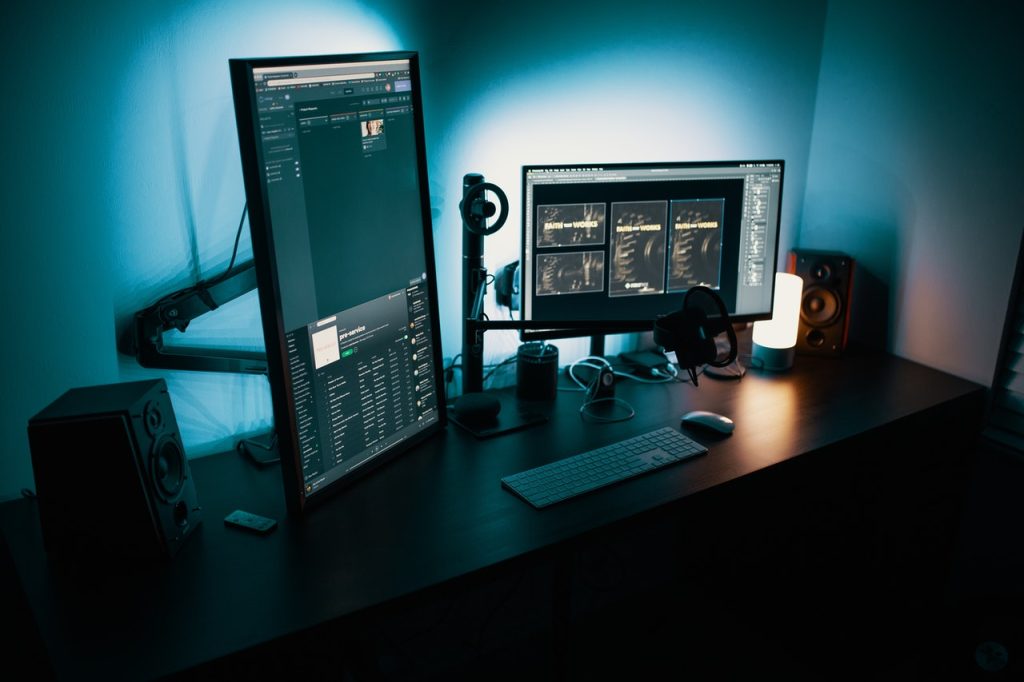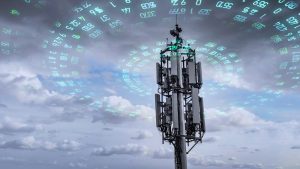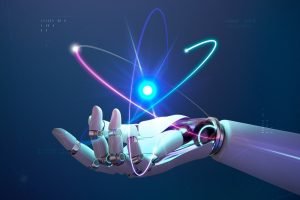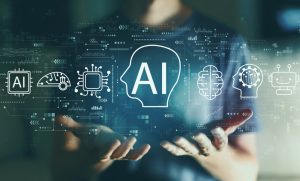How To Rectify Quantum Computing Glitches

This is a physical law that whatever is not forbidden must be done. Errors are therefore inevitable. They can be found in a variety of contexts, including language, food, interaction, image analysis, as well as, of course, integer arithmetic. Trying to mitigate and trying to correct them guarantees that civilization continues to operate. A scratched DVD could still be played. QR codes could be obscured or ripped open yet still be read. Photos from space vehicles can make the journey millions and millions of yards whilst also remaining sharp. Among the most basic concepts in computer technology is error correction. Mistakes are unavoidable, but they’re also corrected.
The law of inevitable outcome holds for quantum computers as well. Such emerging computers use basic science rules to solve intractable problems that computer systems find intractable. The ramifications for business and science might be enormous. However, major power comes with huge security vulnerabilities. Supercomputers experience errors that computational complexity does not and with us, basic correction methods cannot correct.
Quantum computers were still in their infancy at the time. Even though Paul Benioff suggested the others in 1980, it ended up taking two decades for physicists to construct the first. Another year after, in 2007, people invented the superconductors transmon quantum state, the basic data component that forms the basis of Google, IBM, and other supercomputers.
We could store huge amounts of data jointly by incorporating qubits via a quantum concept called entanglement, far more than the relatively similar percentage of computer parts can. Even though quantum bits are now the electromagnetic waves, those that can interact in the very same way light rays do, resulting in a far richer computational landscape than simply swapping bits. Such technology enables supercomputers to carry out a particular function pretty quickly, possibly speeding up a variety of applications including simulating existence, conducting an investigation and engineering new technologies, revealing hidden information in analytics to enhance machine learning, or discovering more power motivators for application of chemical products.
The game has changed in 1995 when Bell Labs’ Peter Shor and the University of Oxford’s Andrew Steane originally invented quantum debugging. They demonstrated how physicists can distribute a single qubit’s value of information across multiple physiological quantum bits in constructing dependable supercomputers from undependable elements. We could delete errors faster since they accrue as long even as physiological subatomic particles are of good enough standard that one‘s failure rate is below a certain threshold.




